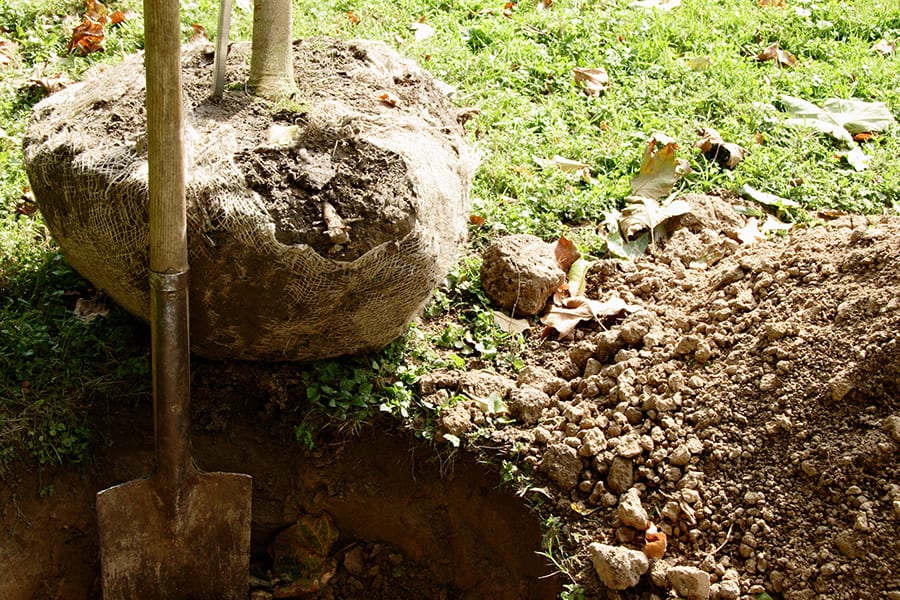
Trees have long lives, and choosing a new tree is a big decision. So, make sure to plant a tree when it has the best chance to grow and stay healthy. Fall is a great time to plant a new tree in the Pacific Northwest. With the rains and cooling temperatures, newly planted trees have a season to establish themselves before our annual summer drought. Planting now gives your trees a head start — and saves you money on your watering bill.
Trees can also go a long way to a more comfortable, energy efficient home. According to the U.S. Department of Energy, deciduous trees — those that drop their leaves in fall — can maximize shade during the summer and maximize sun coverage in the winter. To make sure you pick the right tree for the right spot, Seattle City Light’s Vegetation Management team has several recommendations for you to keep in mind.
Consider the Location
Before looking for a new tree look at your planting area, look around to see how much space there is from buildings, overhead utility lines, and other trees. The location is important, because changing locations is not only difficult, but eventually almost impossible. Keep in mind the following:
- Will a mature sized tree impact sightlines for pedestrians, cyclists, and motorists?
- Does it have full sun most of the day or is it shady most of the day?
- Is the planting site in a low spot in the yard that gathers water?
Also, make sure there are no underground utility lines before you dig. You can do this by creating a locate request by phone or online. More information may be found on Call Before You Dig.
Test Your Soil
While you can purchase soils and compost to help, the type of soil you have in the location you want will affect your tree. Take a look at your soil and see if it drains freely or holds water, causing it to pool. Clay-heavy soils will make drainage more difficult, for example.
One way to analyze your soil is by making a soil pit. To make a soil pit and determine if your soil drains well or drains poorly, a soil-drainage test can help.
Know What You Want in Your New Tree
Once you have determined the location of your tree, the sun exposure, and gotten a sense of the soil quality, ask yourself a few more questions about the planting site and what you’d like from your new tree:
- Do you want a tree that doesn’t drop its leave in winter?
- Do you want fruit?
- Do you want shade year-round or just in summer?
- How do you or your pets use the site?
- How tall would you like your tree to grow?
- Is a drought-tolerant tree important to you? (All young trees need summer watering in our dry summers for their first four to five years.)
- Is fall color on your tree wish list?
- Is providing wildlife habitat for pollinators and birds important to you?
- What tree shape (vase, pyramidal, rounded, narrow, horizontally spreading) do you prefer?
- Would you like a tree with showy flowers?
Answering a few of these questions before you start looking for a new tree will help you narrow down your choices.
Select a Tree
Now that you’ve gotten some information about your planting site and what you’d like from your tree, it’s time to pick one! If you want some ideas, look at other trees in your neighborhood, at a community garden, in our public parks, or other places. If you see a tree you like, ask its name — or take its picture and show a nursery attendant. Head to a nursery with your information and ask a nursery professional their ideas about trees that would fit your needs.
If you’re looking for a recommendation from us, these four trees are excellent choices for residential areas:
Lustre® Serviceberry (amelanchier laevis ‘Lustre’): This tree grows to about 20’ in height, 15’ to 20’ in width. Enjoy white flowers in spring, edible purple berries, and orange, red, purple fall colors. Plus, this is a great wildlife tree for pollinators and bees.
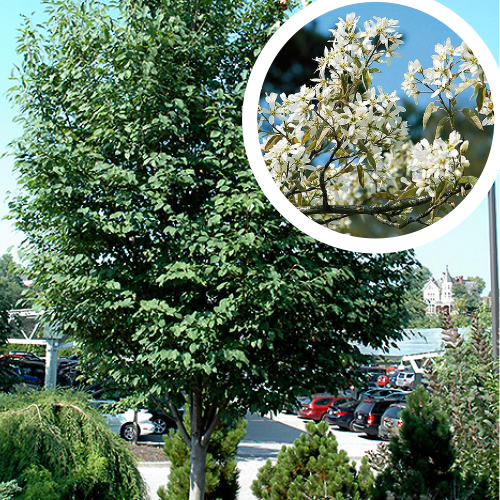
American Hornbeam (carpinus caroliniana): This tree grows to about 25’ in height, 20’ in width. This slow-growing, small tree has a dark green canopy, with orange and red fall colors, and is drought tolerant once established.
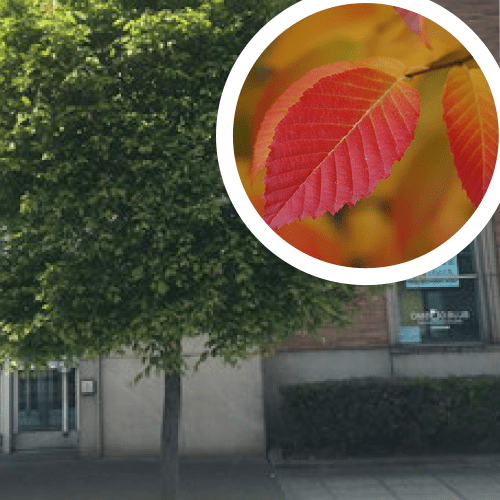
Wireless® Zelkova (zelkova serrata ‘Schmidtlow’): This tree grows to about 24’ in height, 36’ in width. It has a horizontally spreading growth habit and features vivid red colors in the fall.
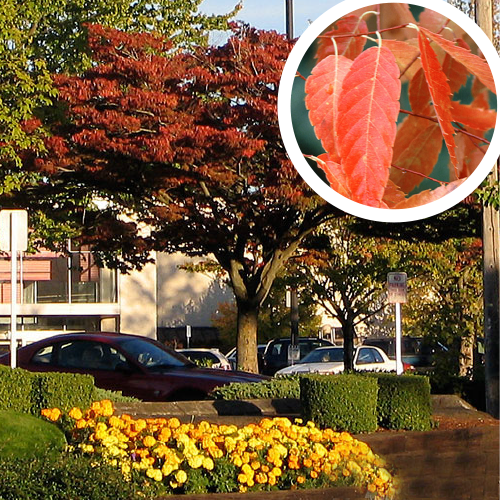
Eastern Redbud (cercis canadensis): This tree grows to about 25’ in height, 25’ in width. This slow-growing tree has a dark green, wide-spreading canopy that features yellow fall colors. It is also drought tolerant once established.
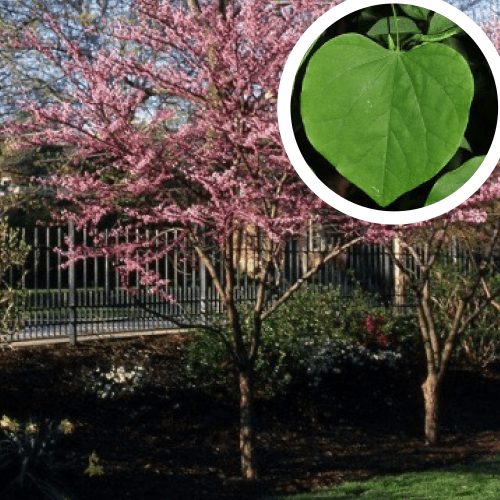
For more ideas on good trees to plant, consider these resources as well:
- Seattle Department of Transportation’s Tree Selection Tool
- Great Plant Picks plant finder from the nonprofit Elisabeth C. Miller Botanical Garden
Once you’ve found your perfect tree and brought it home, take a few minutes to learn how to plant and maintain it correctly. If you’d like to learn more about managing the plants on your property, check out our FAQ.
Happy planting!
Heidi Asplund, Seattle City Light Arboriculturist